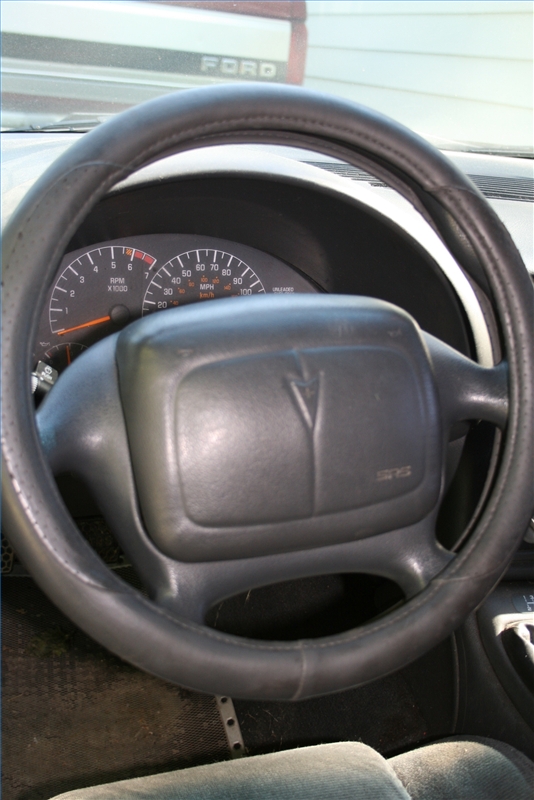
Depending on where you live, driving may not only be a privilege but a necessity as well. People who live in rural areas are dependent on their vehicles almost daily, to be able to work, shop or get to any outside entertainment. Those who live in the city can and do rely on public transportation for the most part. Regardless of a persons reason for wanting to start to drive, the privilege also comes with many resposibilities. Don't take driving lightly; learn all you can before you ever start that engine.
Know the laws of your state. Go to the Department of Motor Vehicles in your area and ask about age requirements and driving permits. While you are there pick up a copy of the Rules of the Road that apply to your area. Do not even attempt to get behind the wheel of a car until you are sure you have met all of the legal requirements. It's not only illegal to do so. It could be dangerous for you and other people on the road.
Study the Rules of the Road book that you picked up. Make sure you know the laws of your state and can recognize all of the roadway signs. Have a friend quiz you on some of the things in the book to see how well you do. Continue to study the book until you are confident that you can pass a test on the information.
Get a driving permit.. If you have taken a drivers education class you probably have one already. If not, go back to the local DMV and take the written driving test. If you pass the written test you will be issued a permit to drive on. This is a learners permit and you will have to have a licensed driver in the car with you at all times when you are driving. Some states require that this licensed driver be 21 years old. Again, check with the local DMV to make sure of your state's requirements.
Practice driving with your licensed driver in the car with you. Before you ever start the car, make sure you are familiar with all of the controls. Adjust the mirrors, locate the horn, turn signals, gauges, headlights and windshield wipers. You need to know where they are by feel and be able to engage them without taking your eyes off of the road. When you are certain you know where all of the necessary controls are and how to operate them, you can start your first driving lesson.
Start driving in the least populated area you have access to. You want to be able to maneuver the car safely before you encounter much traffic. Listen to any and all instructions your licensed driver gives you. Don't take offense if they point out something you have done wrong. After all, they have the experience and are trying to help you be a good driver. Practice your driving during daylight hours and at night, if possible. Night driving can be entirely different, as you need to get used to using the headlights and meeting the headlights of oncoming traffic.
When you feel comfortable with your driving skills, go to the DMV and take the driving test. An instructor will ride with you and test you on a variety of abilities. When you return to the DMV the instructor will tell you if you have passed or failed. If you passed you will be issued a driver's license. if you failed you will be required to take the driving portion over again, but your permit will still be valid. If you passed, you now have a valid driving license, and can drive without a licensed driver being with you. Just remember to use the same caution as you used while learning. Obey all speed limits and be courteous to other drivers. Driving is a privilege you earned and it can be taken away if you abuse this privilege.